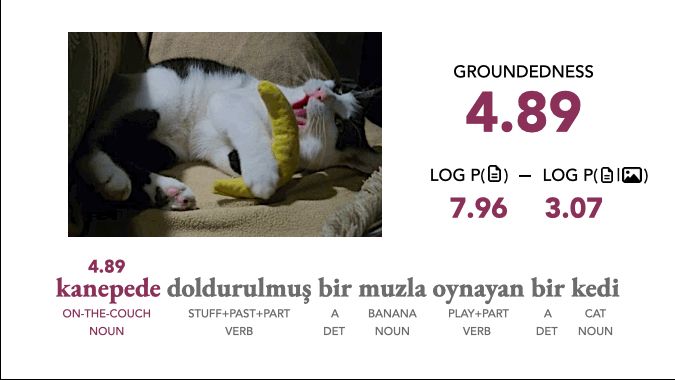Coleman Haley
@colemanhaley.bsky.social
16 followers
5 following
11 posts
NLP PhD candidate @ University of Edinburgh
Computational Linguistics | Typology | Morphology | Multimodal NLP | Cognitive Science
(Interpretability + Neurosymbolic models sometimes)
Posts
Media
Videos
Starter Packs








